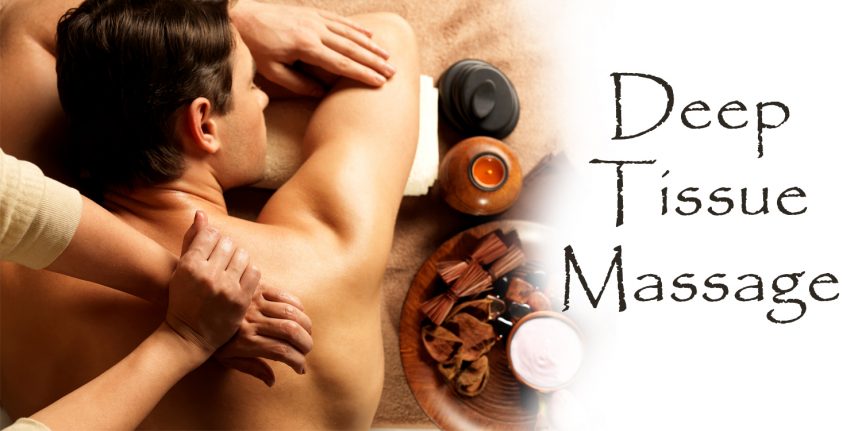We all know the term “Deep Tissue Massage” but did you know it could do this?
Massage is known for its ability to help the mind and body relax—and that alone makes getting massage advantageous. Deep tissue massage may bring your clients other benefits as well. To help you understand these, it first helps to understand what a deep tissue massage is.
Deep Tissue Massage is a technique that focuses primarily on the deeper layers of muscles and the fascia. Sometimes this technique involves the therapist using firmer pressure in order to reach these key areas and get them to release, which is why this particular massage is oftentimes recommended for people who are comfortable with a slightly more intense touch. However, deep tissue massage can also refer to gentle yet sustained pressure targeting the myofascial layer. The belief that deep pressure equals pain is a myth; however, the benefits of deep tissue massage are beyond question.
1. Deep tissue massage offers stress relief
When a client feels stressed out due to demands at work, home or both, DTM can help ease this stress in a healthy manner. This is important, as unresolved stress can do major damage to mental and physical health; an estimated 60 to 80 percent of doctor’s office visits are stress-related, as noted in a 2003 study in the Journal of the National Medical Association.
2. Deep tissue massage eases pain
DTM may be able to lessen pain. For example, research published in an April 2014 issue of Manual Therapy found that DTM to posterior calf muscles, along with self-stretching exercises, helped reduce participants’ pain associated with plantar fasciitis. DTM can be used for other conditions as well, such as fibromyalgia, tennis elbow or low-back pain, potentially providing some much-needed relief.
3. Deep tissue massage makes movement easier
Scar tissue forms when an area of the body is injured and heals. Although the most common scars are those that result from a visible cut, sometimes they occur deeper in the body, such as when you damage muscles, ligaments or tendons. It is this type of scarring that DTM can help resolve, making it easier to move and promoting greater range of motion.
4. Deep tissue massage can lower heart rate and blood pressure
A study published in 2008 in the Journal of Alternative and Complementary Medicine involved 263 participants who reported muscle spasm or strain. Each individual’s blood pressure and heart rate was assessed prior to a 45 to 60-minute DTM, as well as after. The result was lower systolic and diastolic pressure, as well as heart rates around 10 beats less per minute.
If you want to offer these benefits to clients, consider becoming trained in DTM. With it you can be prepared to better serve athletes, people managing chronic pain, and other specialized populations. APPLY NOW to Renaissance College and begin your career as a massage therapist today!

